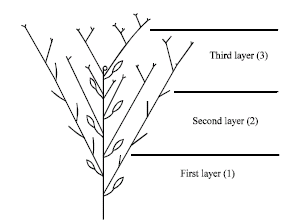Research Article
Pepper Seed Yield and Quality in Relation to Fruit Position on the Mother Plant
Department of Horticulture, Faculty of Agriculture, Eskisehir Osmangazi University, 26160, Eskisehir, Turkey
Benian Eser
Department of Horticulture, Faculty of Agriculture, Ege University, 35100, Izmir, Turkey













